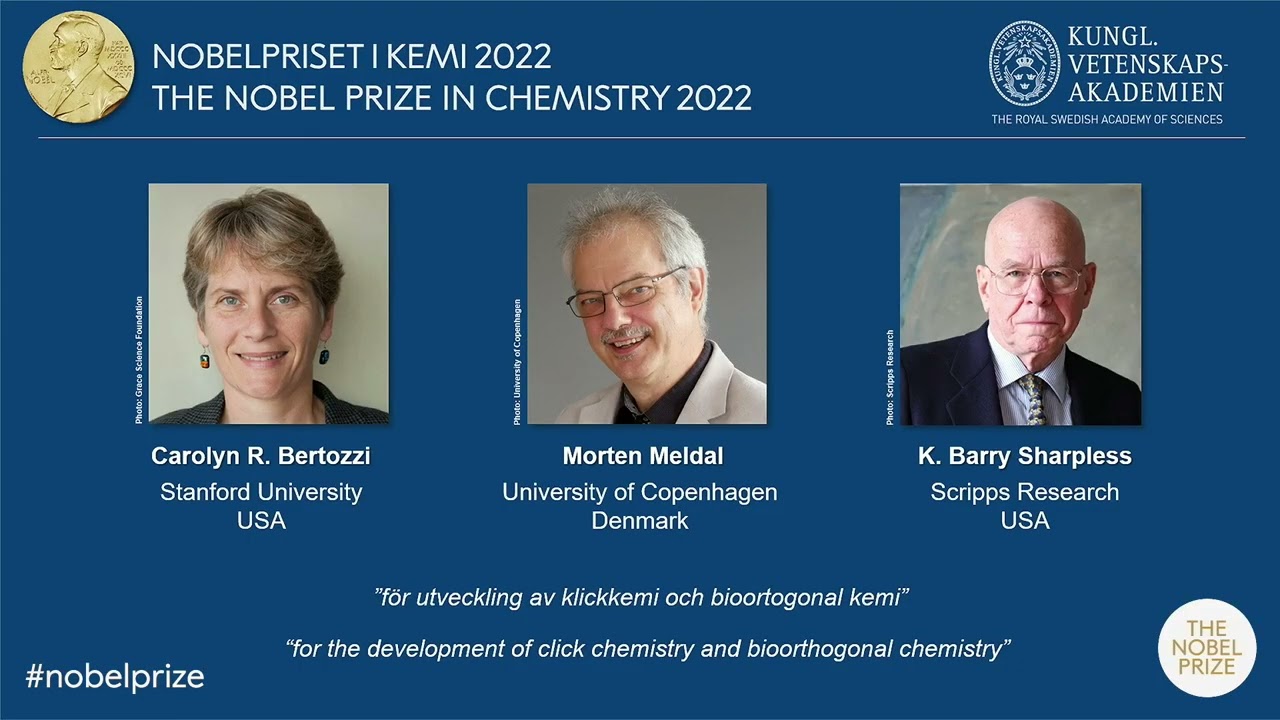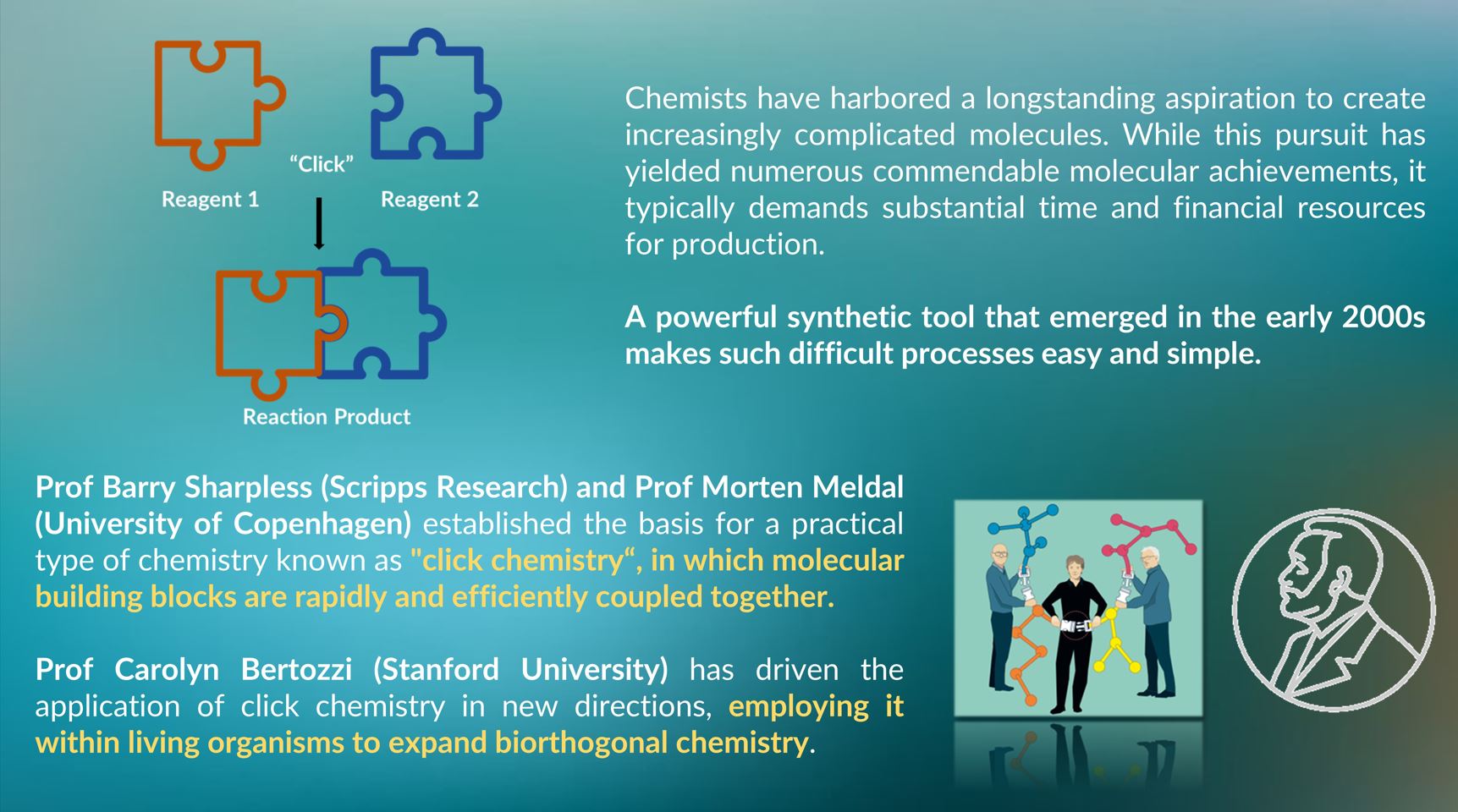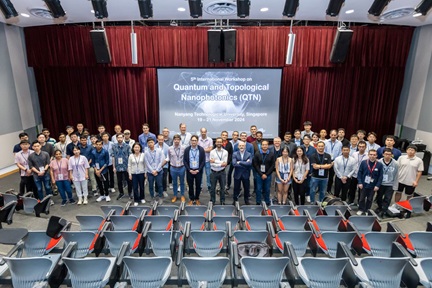Development of Click Chemistry and Bioorthogonal Chemistry making difficult processes easier: 2022 Nobel Prize In Chemistry
Prof Xing Bengang | School of Chemistry, Chemical Engineering & Biotechnology (CCEB), NTU

Image source: https://www.nobelprize.org/prizes/chemistry/2022/prize-announcement/

“Click Chemistry" is a term that describes high-yielding reactions, wide in scope, easily remove byproducts, simple to perform, and conduct in benign solvents. The word “click” refers to the raw molecular building block as two pieces of a seat belt buckle that could easily be “linked” with a click sound. The click chemistry toolboxes provide promising opportunities for rapid and facile product formation, simplifying the tedious synthesis route and potentiating the multifunction molecules application in the living system. The most studied click reactions include 1,3-dipolar Cycloadditions, Catalyzed azide-Alkyne Cycloaddition, Strain-promoted azide-alkyne cycloaddition, inverse-electron-demand Diels-Alder reaction, and so on. These developments in synthetic chemistry allow non-professional synthetic chemists to get involved in molecular design and fabrication.
The identification of click chemistry largely overlaps with bioorthogonal chemistry. Bioorthogonal chemistry refers to a type of robust, high-yielding chemical reaction exhibiting outstanding chemo-specificity without side reactions toward abundant biological molecules, based on the intrinsic physical organic chemistry property with high Gibbs free energy. As the complicated and diverse reactive molecules in biological systems, the bioorthogonal reaction may selectively happen between the external reactants which is not commonly found in a richly functionalised biological milieu to prevent off-target problems, offering more opportunity for scientists to investigate and manipulate the biological system.
The achievements recognised by click chemistry and bioorthogonal chemistry have catalysed substantial activity across various disciplines within the realm of chemistry and related fields, resulting in numerous significant discoveries along previously uncharted paths.
In a nutshell, click chemistry and bioorthogonal chemistry not only addresses synthetic problems but also sparks a wave of transformative ideas and advancements across various scientific and industrial sectors. Their impact on chemistry and our lives is undeniable, and their continued evolution promises to unlock even more possibilities in the future.
For more information, watch the video on 2022 Nobel Prize In Chemistry.














/enri-thumbnails/careeropportunities1f0caf1c-a12d-479c-be7c-3c04e085c617.tmb-mega-menu.jpg?Culture=en&sfvrsn=d7261e3b_1)

/cradle-thumbnails/research-capabilities1516d0ba63aa44f0b4ee77a8c05263b2.tmb-mega-menu.jpg?Culture=en&sfvrsn=1bc94f8_1)






